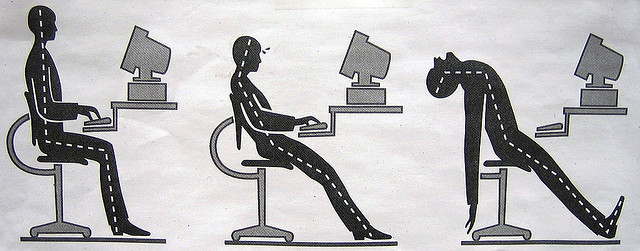
In Vanity Fair, a piece by Nancy Jo Sales discusses “hook up culture” and its potential causes, including the infamous app Tinder. Sales’ accounts of dating in New portray a “dating apocalypse,” wherein some of her interviewees see men, in particular, moving away from “relationships” altogether. To them, Tinder has forever changed how people date and how they perceive dating. As explained by John Birger in The Washington Post, however, Tinder and its ilk may be better understood of symptoms of “hookup culture” rather than causes. The real problem, Birger asserts, is plain old math.
Birger describes how today’s college-educated demographics mean three men for every four available women. For him, the surplus of women is shaping the narrative of non-committal “hook up culture” detailed in Vanity Fair. And it wouldn’t matter so much if people were more likely to date across socioeconomic or educational lines. Birger uses research from UCLA sociologists Christine Swartz and Robert Mare to show that marriage between individuals of unequal education at its lowest point in fifty years. Since college-educated women outnumber college-educated men, the former inevitably exclude a greater population of potential partners if they overlook men with different educational trajectories—and they replicate the idea that relationships are harder to come by for female college grads. Those interviewed in Sales’ article provide testimonials of the ways Tinder can affect interpersonal communication and relationships, but as Birger shows, demographics and mathematics paint a more accurate picture of how “hook up culture” lasts beyond college.
For more on marriage across class and education lines, see Jessi Strieb’s “Marrying Across Class Lines.” For more on “hook up culture,” see Elizabeth Armstrong, Laura Hamilton, and Paula England’s “Is Hooking Up Bad for Young Women?”









